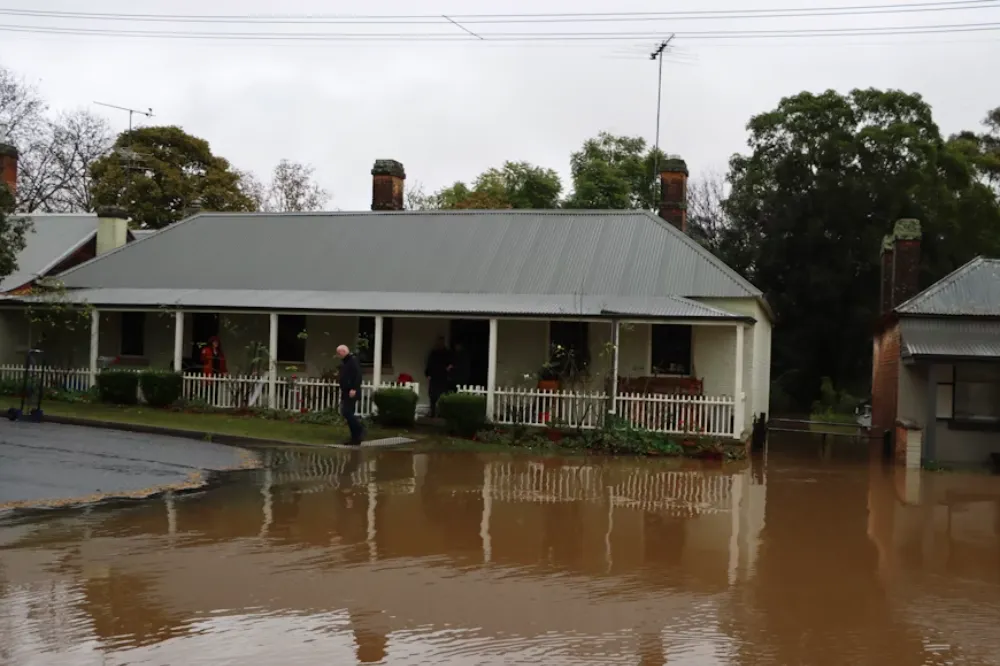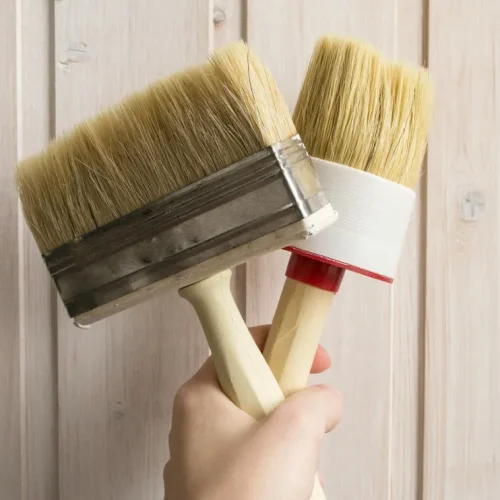
A home’s foundation and water lines are among the most critical structural elements ensuring stability and comfort. Yet, many homeowners underestimate the damage that can occur when these components are compromised.
A small foundation crack or a minor water line leak may not seem urgent at first, but over time, these issues can escalate into severe structural damage, health hazards, and expensive repairs. In communities like Snellville, GA, where shifting soil and moisture changes can affect home foundations, these problems require prompt attention to prevent lasting harm.
How Small Leaks Lead to Big Problems
When a water line begins to leak beneath the foundation, the issue often develops quietly before it becomes a major concern. Homeowners may first notice subtle signs like damp floors, a faint sound of running water when no fixtures are on, or a sudden increase in the water bill.
Many property owners choose experts for slab leak repair in Snellville, GA, to ensure long-term protection against water damage, especially as the area is notorious for soil movement and moisture fluctuations that can quickly erode the ground supporting the foundation.
Once water begins to seep beneath the foundation, it destabilizes the soil and causes uneven settling. Over time, this imbalance places stress on the entire structure. Cracks may appear in walls, floors may start to sink, and plumbing lines can suffer from strain as the foundation shifts. What starts as a minor leak can escalate into a serious structural problem that requires extensive repairs if left unaddressed.
The Silent Structural Damage
Foundation leaks and water line issues often cause damage that develops gradually and invisibly. The problem begins beneath the surface, making it difficult for homeowners to detect without professional inspection. Over time, the moisture trapped beneath or around the foundation softens the soil and diminishes its load-bearing capacity. The house starts to settle unevenly, creating stress points that lead to cracks in walls, ceilings, and floors.
Doors and windows may begin to stick, floors may slope, and gaps can appear where walls meet the ceiling. These are not just cosmetic flaws but signs of deeper structural instability. As the soil shifts, plumbing lines and electrical conduits embedded in the foundation can also suffer damage, creating additional safety and repair concerns.
Moisture and Mold: The Hidden Health Hazard
One of the most insidious consequences of foundation and water line leaks is the development of moisture-related problems inside the home. Excess water creates a damp environment that encourages mold and mildew growth. Mold spores thrive in humid conditions and can spread rapidly through air ducts and wall cavities, posing serious health risks to the home’s occupants.
Respiratory problems, allergic reactions, and other health issues often arise from prolonged exposure to mold-contaminated air. In severe cases, the affected materials, such as drywall, insulation, and flooring, must be removed and replaced to eliminate contamination. What started as a simple leak can thus turn into a major health and renovation concern if ignored.
Soil Erosion and Foundation Instability
The soil beneath a home acts as its foundation’s support system. When water leaks continuously into this soil, it disrupts its natural composition. Clay soils swell when wet and shrink when dry, while sandy soils wash away easily under the flow of water. Both conditions lead to foundation movement, which can cause cracking and uneven settling.
Once erosion begins, the foundation loses its uniform support. This unevenness can result in tilting floors, cracked driveways, and damaged retaining walls. The longer the leak persists, the greater the risk of irreversible foundation failure. Repairing such damage requires excavation, soil stabilization, and foundation reinforcement, all of which can be avoided with early detection and maintenance.
Increased Utility Costs and Hidden Energy Loss
Water leaks under or around the foundation not only waste water but also increase utility expenses in subtle ways. The constant presence of moisture can cool the surrounding structure, forcing heating systems to work harder to maintain indoor temperatures. Additionally, damp insulation becomes less effective, leading to greater energy loss through walls and floors.
Homeowners often notice a gradual rise in utility bills without realizing the cause. A leak that goes unchecked for months can result in thousands of gallons of wasted water and significant energy inefficiency.
The Financial Burden of Neglect
The cost of ignoring foundation and water line leaks extends far beyond immediate repair expenses. Once structural or water damage becomes widespread, homeowners may face additional costs related to interior repairs, flooring replacement, pest control, and mold remediation. In severe cases, property value can decline, as potential buyers are wary of homes with a history of foundation or plumbing issues.
Insurance coverage for such damage is also limited. Many policies do not cover repairs resulting from long-term neglect or gradual leaks. This means homeowners could be left bearing the full financial burden of repairs that could have been prevented with timely intervention.
Preventive Maintenance and Early Detection
Preventive maintenance is the most effective strategy to avoid the dangers associated with foundation and water line leaks. Regular inspections by qualified professionals can identify early signs of leaks or foundation movement before they escalate. Homeowners should also pay attention to warning signals such as damp flooring, cracks in concrete, or unusual sounds from plumbing systems.
Installing moisture detection systems and maintaining proper drainage around the home can also help minimize risks. Gutters, downspouts, and landscape grading play a vital role in directing water away from the foundation.
Protecting Your Home’s Integrity
The foundation and water lines of a home work together to maintain its safety and stability. When either system fails, the results can be catastrophic. The damage caused by leaks often progresses quietly, eroding the strength of the structure from within. Homeowners who address the problem early save not only on repair costs but also on the stress and uncertainty that come with severe property damage.
In the end, the hidden dangers of ignoring foundation and water line leaks remind us that maintenance is not just about fixing visible problems but about safeguarding what lies beneath.
FAQs
Cracks in walls, uneven floors, sticking doors, or sudden spikes in the water bill may indicate a leak.
Water saturates the soil under the home, causing shifting that leads to cracks and structural instability.
Yes. Even minor cracks can expand as the foundation shifts or moisture continues to seep in.
Leaks create damp environments where mold thrives, leading to air quality issues and health risks.
Look for unexplained moisture, warm spots on floors, running water sounds, or increased water usage.
Policies vary, but many do not cover damage caused by gradual leaks or neglect. Prompt repair is essential.
A licensed plumbing or foundation repair specialist experienced in slab leak detection and repair.
Yes. Expansive or shifting soils, like those found in areas such as Snellville, GA, increase risk.
Waiting can lead to serious structural damage and costly repairs. Address leaks as soon as possible.
Maintain proper drainage, schedule yearly inspections, and monitor for cracks or moisture changes inside the home.













